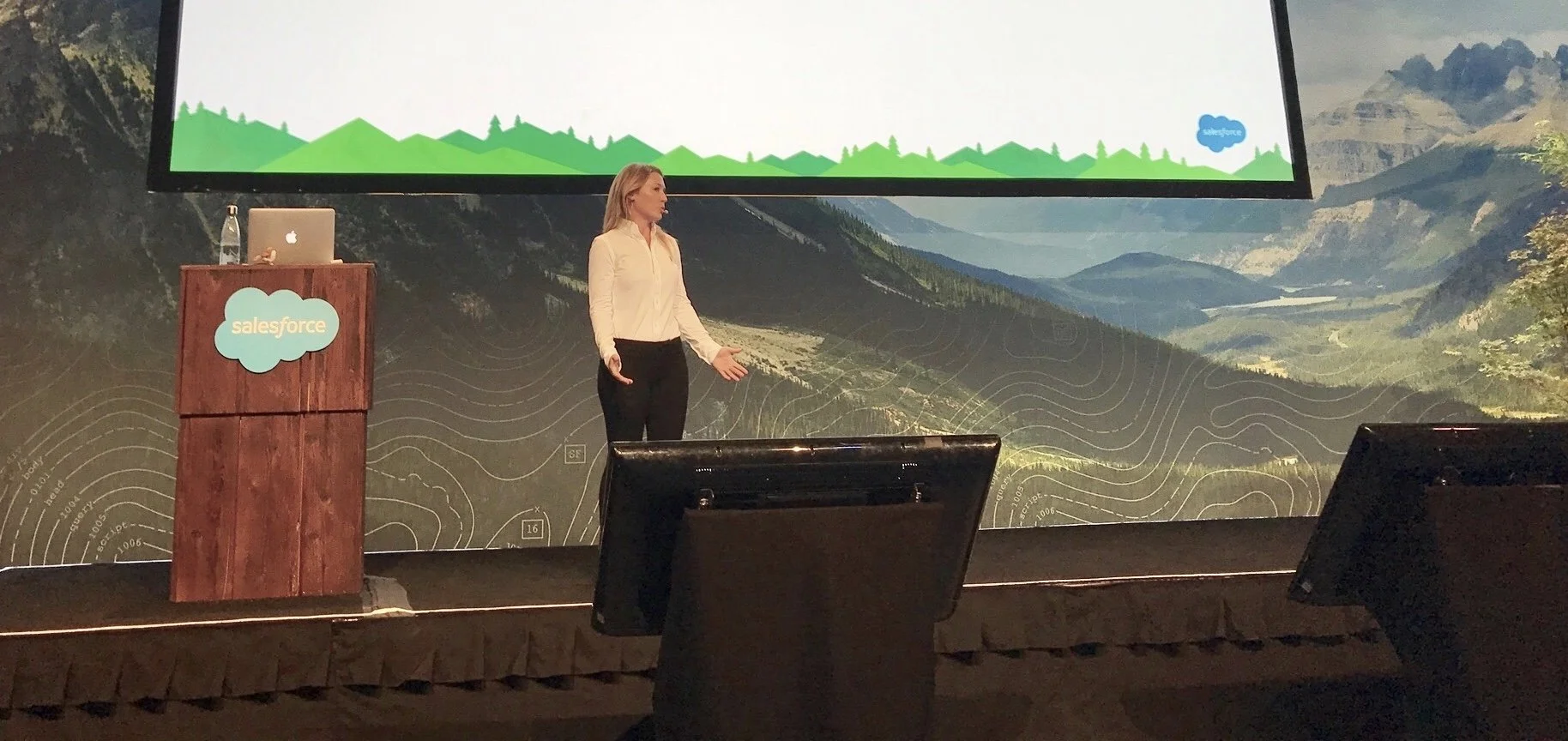Bri joined Hireforce in March 2021 and has displayed a high-level of empathy work and understanding with candidates, making her an extremely valued member of Hireforce and asset to the Salesforce Ecosystem. Bri has a Master’s in Higher Education Administration and previously worked for Baylor University, Texas Christian University and California Polytechnic State University where she led talent acquisition initiatives and onboarded over 1,000+ staff and volunteers annually, as well as managed major University Orientation programs serving 6,000+ incoming students & 5,000+ guests per program, making Bri a perfect fit for Hireforce! In her time with Hireforce, Bri has already seen great success connecting with and placing Salesforce contractors on new projects, as well as growing her network within the Salesforce Ecosystem.
Q: What’s the best part of your job/Hireforce?
A: Definitely the people and the community! I feel grateful to have a job where everyone genuinely supports one another and encourages each other to be the best version of themselves.
Q: What’s the best way you start the day?
A: A cup of coffee, time spent meditating, going through my skincare routine, and quality time with my two cats—Pancake & Toast.
Q: What do you wish you knew more about?
A: Geology and astrophysics
Q: Where is the most interesting place you’ve been?
A: Alaska, for sure. My partner and I went for our honeymoon and loved every second of it! We got to go dog-sledding on a glacier, kayak between icebergs, and take incredible scenic drives. Definitely unforgettable.
Q: What have you been doing to keep yourself busy during this shelter-in-place?
A: I’ve been spending a ton of time outdoors hiking and exploring the Central Coast in California. I’m energized by spending time in nature and feel thankful to live in a place where it’s ample of wide open spaces and places to explore. I’ve also gotten really into cooking and baking. And, as always, my cats provide a lot of free entertainment - ha!
Q: What’s your favorite thing about Salesforce?
A: The possibilities! Salesforce is versatile and adaptable; I love how this highlights the creativity behind different organizations and how they use it.
Q: What’s your favorite AppExchange?
A: I recently stumbled across Blackthorn Events and think it’s awesome! It’s a holistic event management app that supports the entire event planning and implementation cycle including marketing, registration, payment, attendance, and analysis. I previously worked coordinating large-scale university events, and this app would have been a dream to use! I can only imagine how helpful it is to organizations that utilize it now.
Q: What is your favorite Salesforce blog or MVP?
A: Tiffany Spencer—her vision for shaping an inclusive tech workforce is important and needed. She is the founder of HBCUForce (among a lot of other accomplishments!), which connects alumni, supporters, and students who attended HBCUs to enhance exposure to the opportunities within Salesforce/tech. Her work and accomplishments have left a significant positive impact within the field; it will be exciting to see how the impact continues to grow.
Tiffany was also featured on Hireforce’s Blog back in March to celebrate Women’s History Month!
Q: Favorite trailhead character?
A: Appy is the character I relate to most from their description. Appy is described as a connector who will get you connected with who/what you need to accomplish your goal. As a recruiting consultant, I see myself as a connector as well—just connecting passionate Salesforce professionals to their next opportunity.





